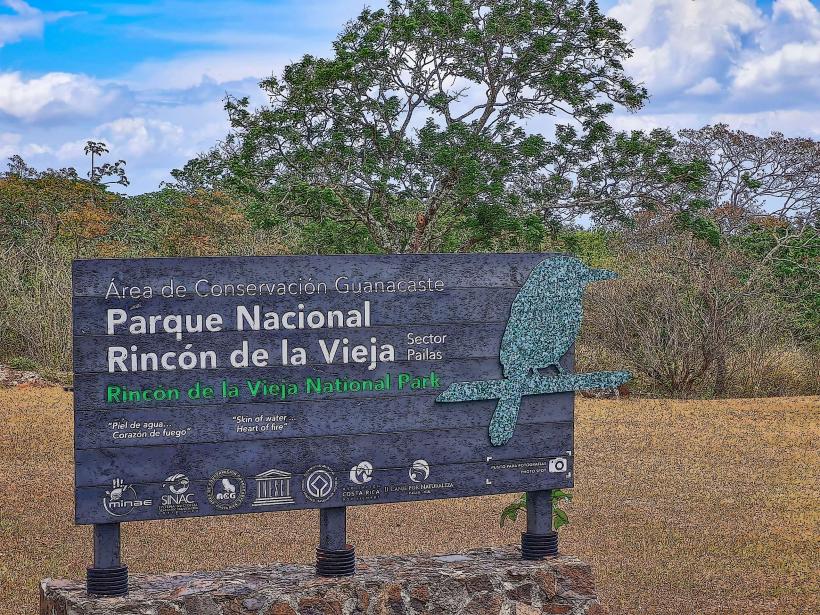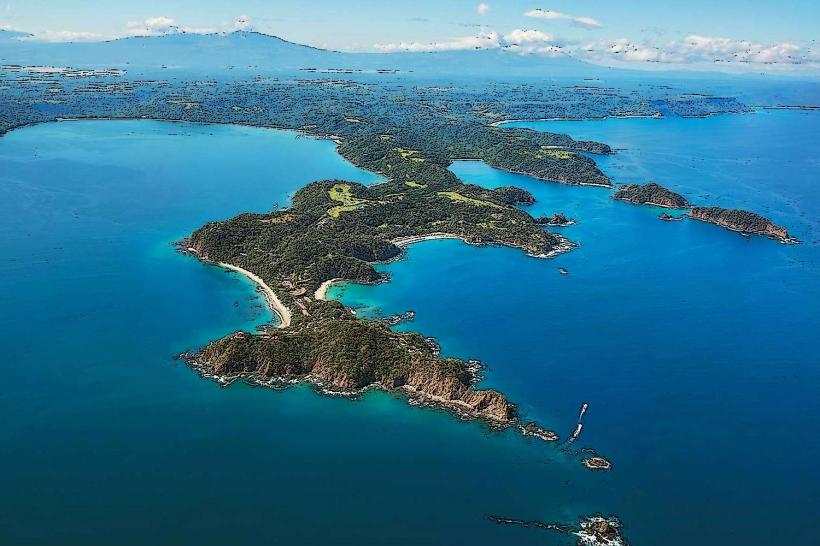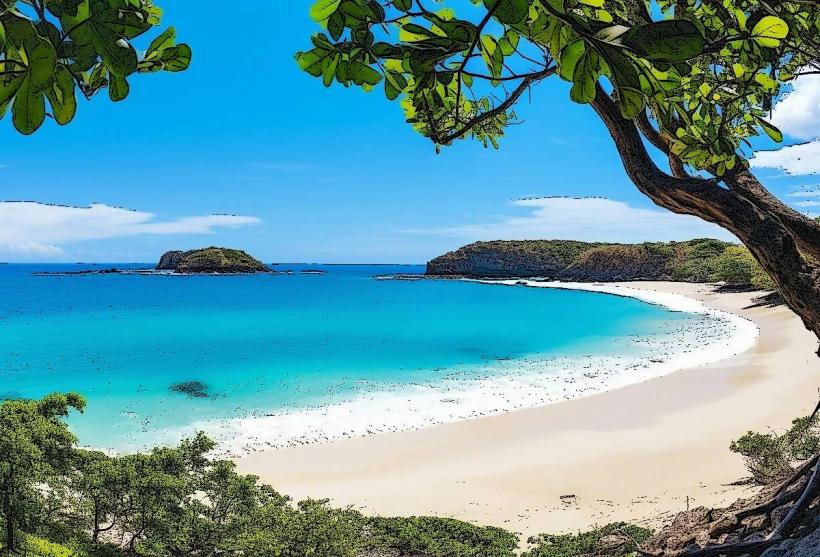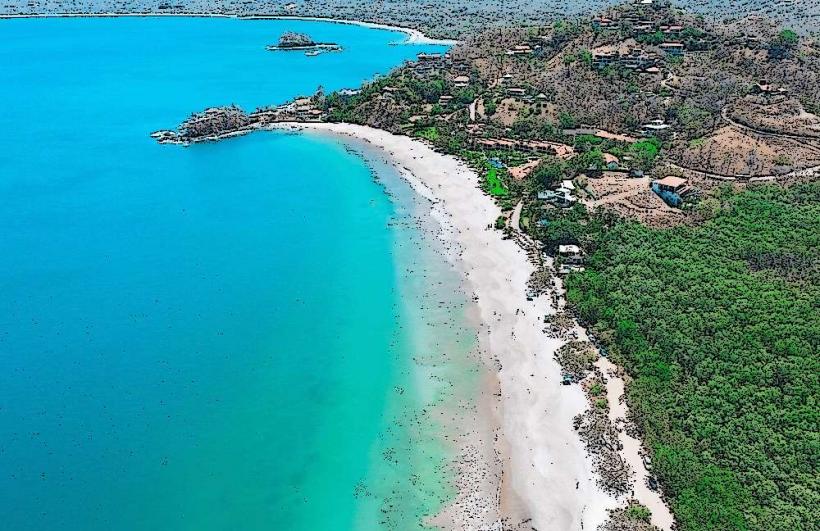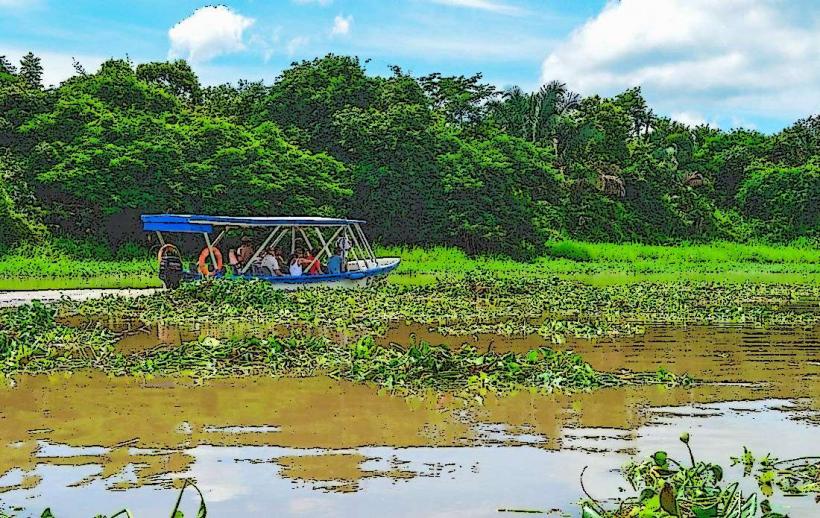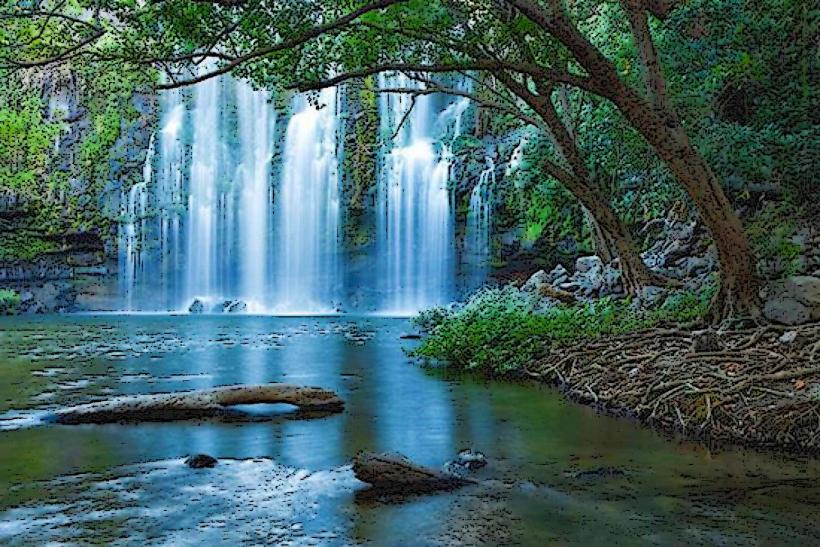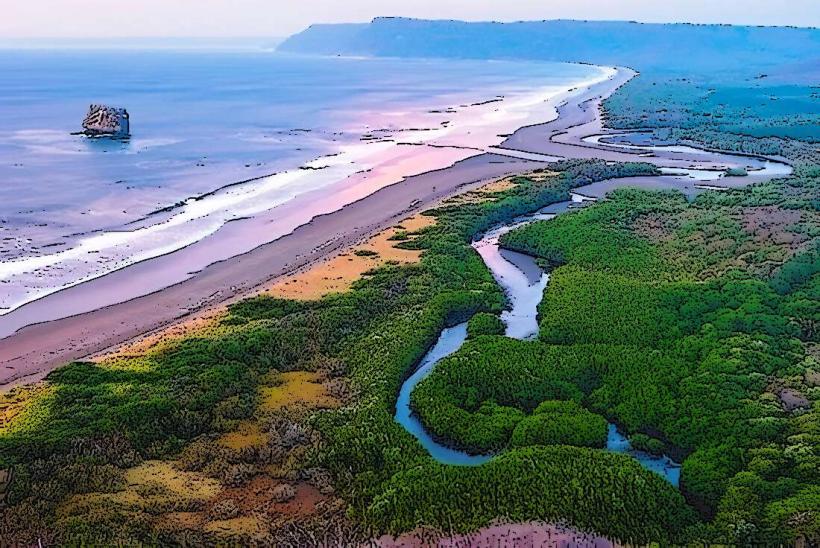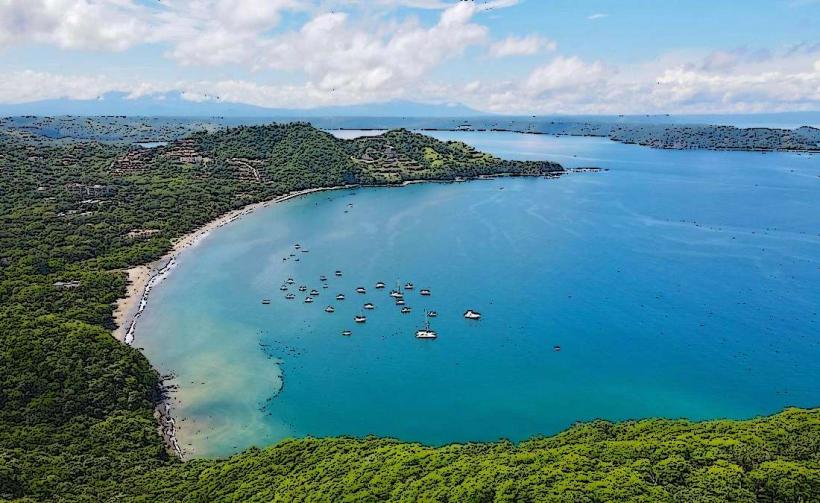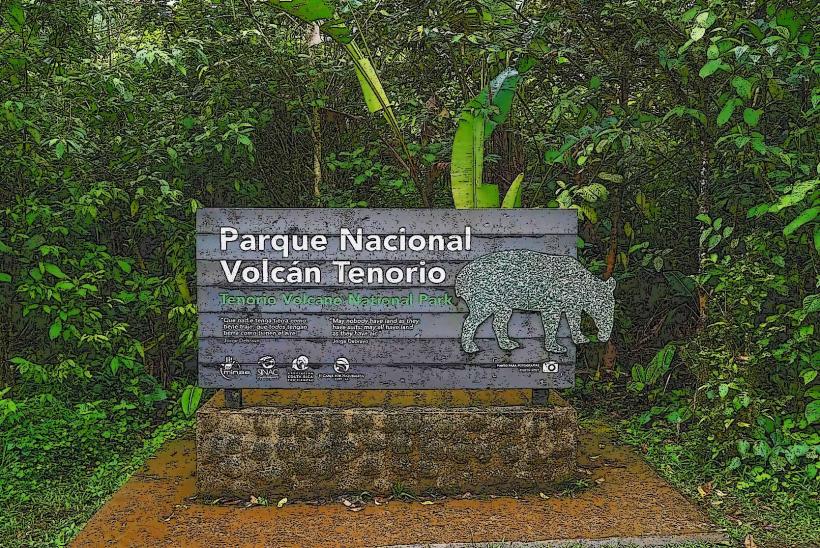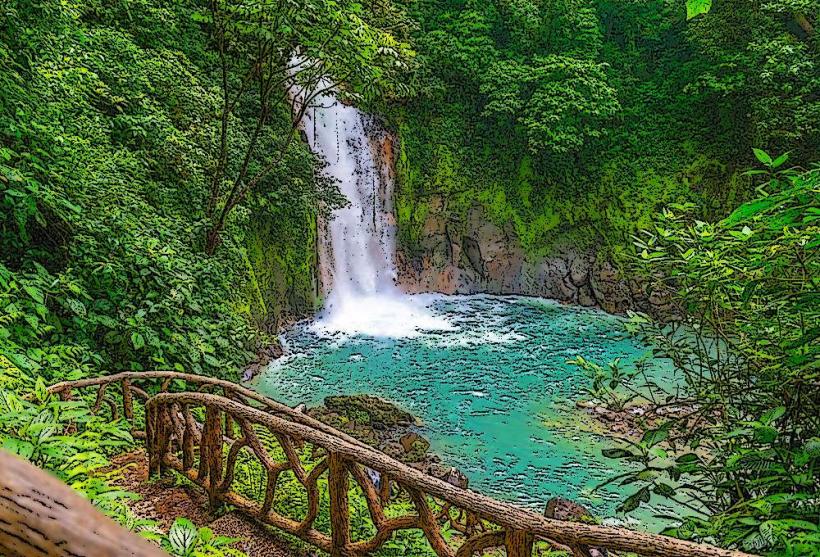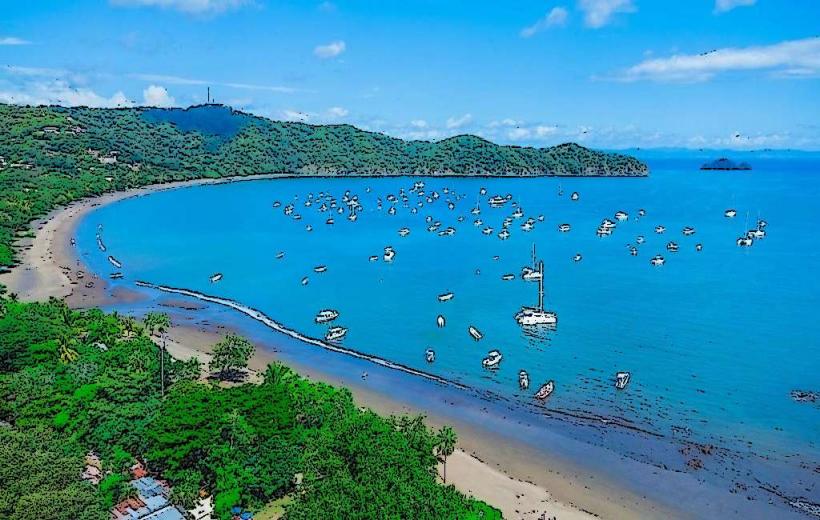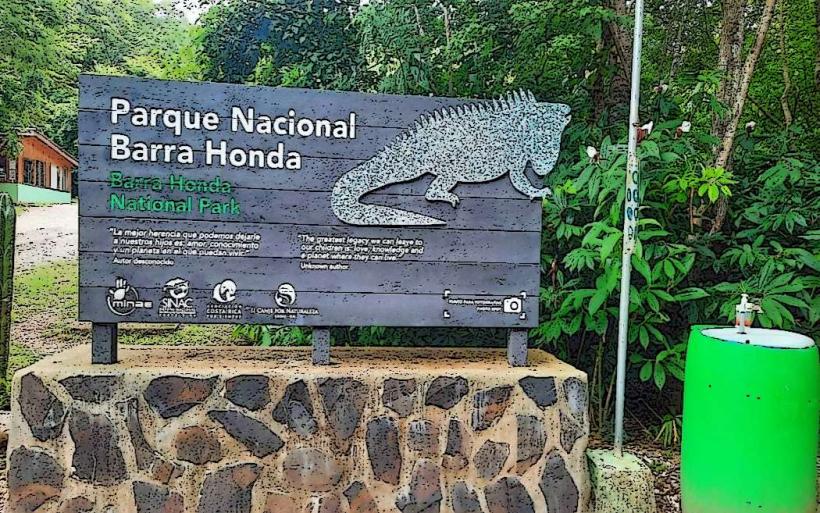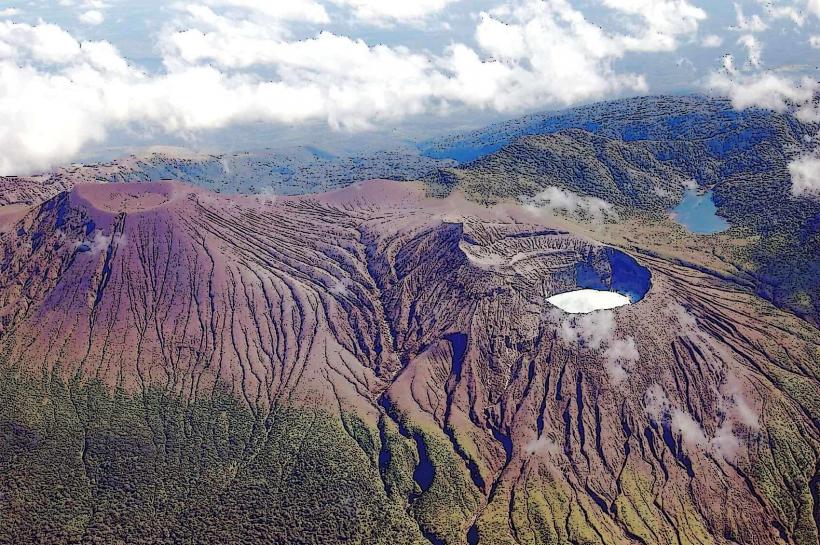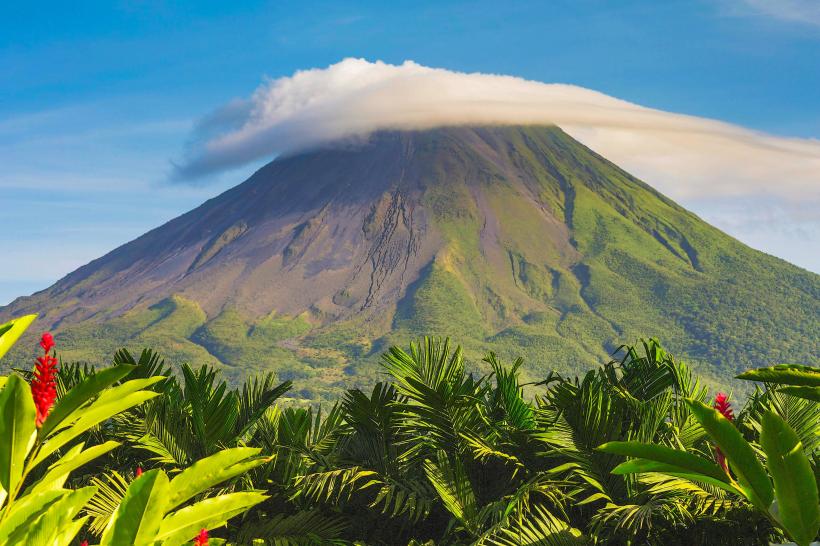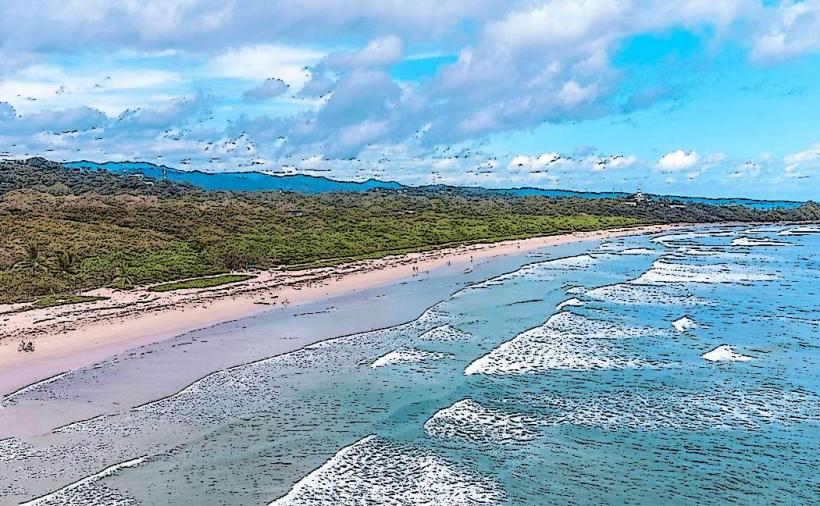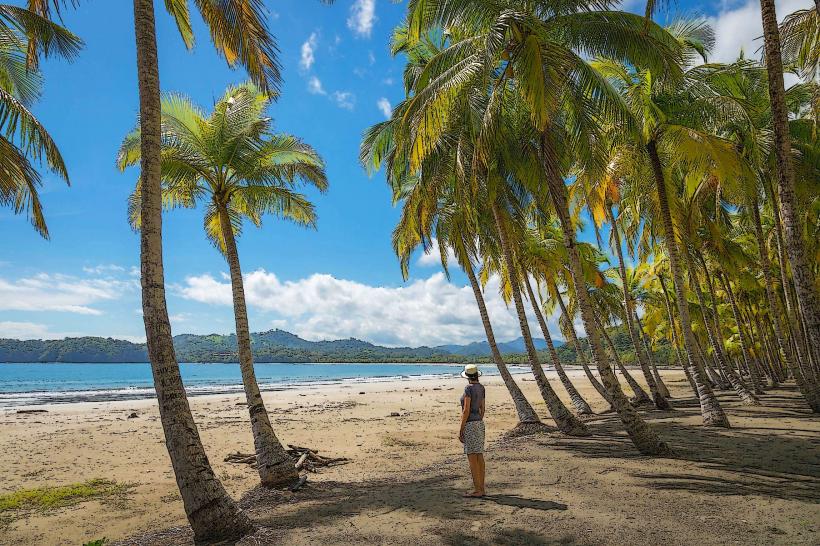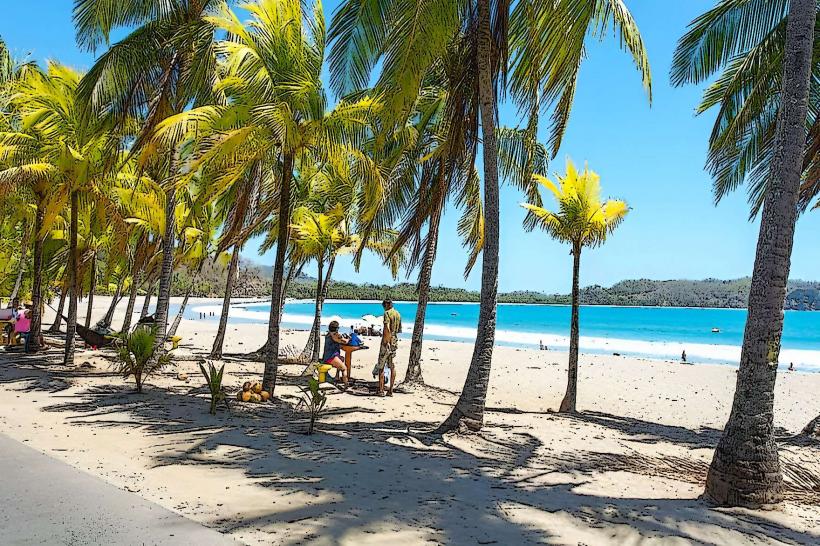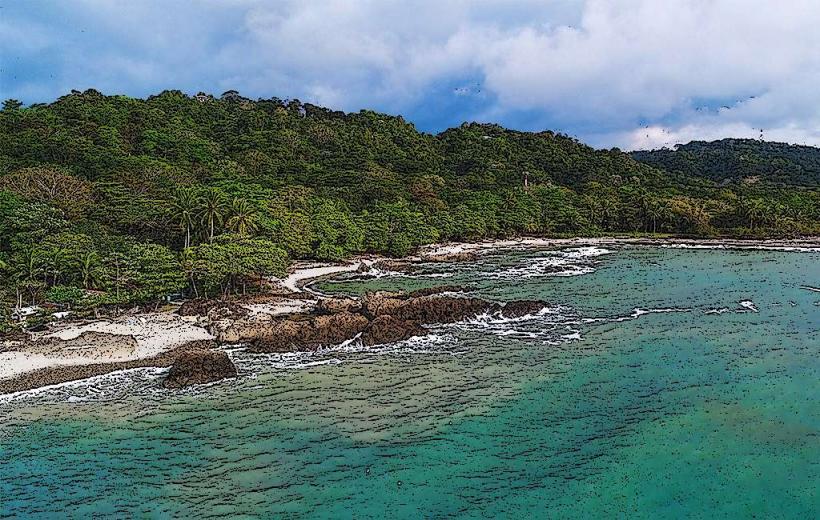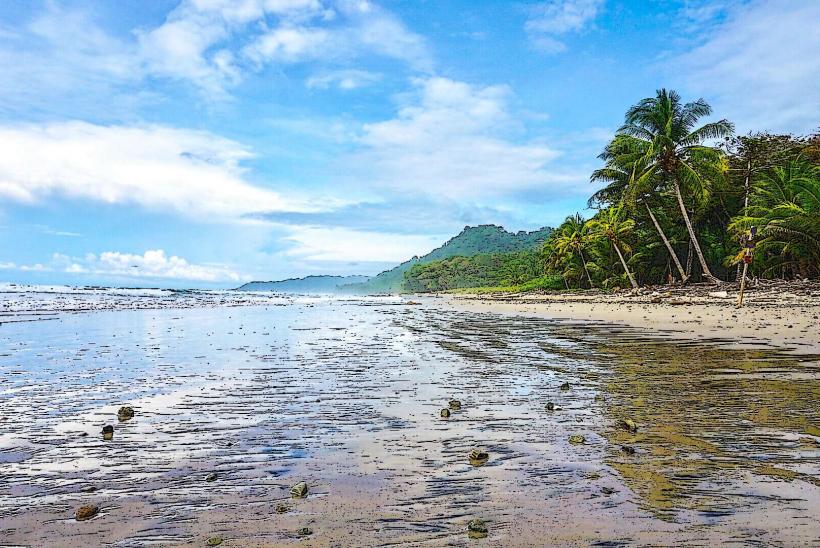Information
Landmark: Las Baulas National Marine ParkCity: Guanacaste
Country: Costa Rica
Continent: North America
Las Baulas National Marine Park (Parque Nacional Marino Las Baulas) is one of Costa Rica's most significant protected areas, located on the Pacific coast in Guanacaste province. It is renowned for its role in the conservation of leatherback sea turtles and its diverse ecosystems. Here's a detailed look at this incredible park:
Overview
- Location: Near Playa Grande, just north of Playa Tamarindo, Guanacaste Province.
- Established: 1991, to protect critical nesting grounds for the leatherback sea turtle (Dermochelys coriacea).
- Size: Covers approximately 445 hectares (1,100 acres) of terrestrial land and 22,000 hectares (54,000 acres) of marine territory.
Ecological Significance
Leatherback Sea Turtle Conservation:
- The park is one of the most important nesting sites in the eastern Pacific for leatherback sea turtles, a critically endangered species.
- Nesting season runs from October to March, with peak activity between November and February.
- Female turtles come ashore at night to lay their eggs, burying them in the sand to incubate.
Mangrove Ecosystems:
- The park includes mangrove estuaries, such as the Tamarindo Estuary, which provide habitats for a variety of wildlife, including crocodiles, fish, and migratory birds.
Beaches and Marine Life:
- The pristine beaches of Playa Grande, Playa Ventanas, and Playa Langosta are critical for turtle nesting and also serve as vibrant ecosystems for coastal and marine biodiversity.
Wildlife
Las Baulas National Marine Park is home to a diverse array of species, including:
- Marine Life:
- Leatherback sea turtles, olive ridley turtles, green sea turtles.
- Dolphins, rays, and reef fish.
- Birds:
- Over 150 species, including herons, kingfishers, ospreys, and egrets.
- Terrestrial Animals:
- Howler monkeys, raccoons, coatis, and iguanas.
- Mangrove Species:
- Fiddler crabs, caimans, and crocodiles inhabit the park's mangrove forests.
Activities
Turtle Watching:
- Night tours, led by licensed guides, are the only way to witness leatherback turtles nesting. Strict rules ensure minimal disturbance.
- Flashlights and cameras are prohibited to protect the turtles.
Estuary Tours:
- Boat or kayak tours through the mangroves of Tamarindo and Matapalo estuaries allow visitors to spot crocodiles, birds, and other wildlife.
Surfing:
- Playa Grande is a favorite spot for surfers due to its consistent waves.
Hiking and Nature Walks:
- Trails offer opportunities to explore the park's beaches, forests, and wetlands.
Snorkeling and Diving:
- Offshore reefs provide opportunities to explore marine ecosystems.
Rules and Regulations
- The park operates under strict conservation guidelines:
- Visitors are required to be accompanied by certified guides for turtle tours.
- Certain areas are restricted to protect nesting turtles and mangrove habitats.
- No littering, feeding wildlife, or removing natural materials from the park.
Visitor Information
- Entrance Fee: A nominal fee is charged for entry and guided tours, which contributes to conservation efforts.
- Visitor Centers: Located near Playa Grande, offering information, exhibits, and educational programs.
- Guided Tours: Available for turtle watching and estuary exploration. Booking in advance is recommended during the peak season.
Nearby Attractions
- Playa Tamarindo:
- Offers accommodations, dining, and water activities, and is just a short distance away.
- Playa Flamingo:
- Another stunning beach nearby with luxury resorts and pristine waters.
- Rincón de la Vieja National Park:
- A day trip option featuring volcanic landscapes, hot springs, and hiking trails.
Best Time to Visit
- Turtle Watching:
- October to March, with peak nesting in November and December.
- General Visits:
- Dry Season (December to April) offers sunny weather and accessible roads.
- The Green Season (May to November) is ideal for lush landscapes and fewer crowds.
Sustainability and Conservation
- The park is integral to Costa Rica's eco-tourism model, emphasizing the protection of endangered species and ecosystems.
- It supports research and education programs on leatherback turtles and mangrove conservation.
Conclusion
Las Baulas National Marine Park is a must-visit destination for nature enthusiasts, offering a unique opportunity to witness endangered leatherback turtles in their natural habitat while enjoying Costa Rica's breathtaking natural beauty. Its commitment to conservation and sustainable tourism makes it a shining example of the country's dedication to protecting its biodiversity.

